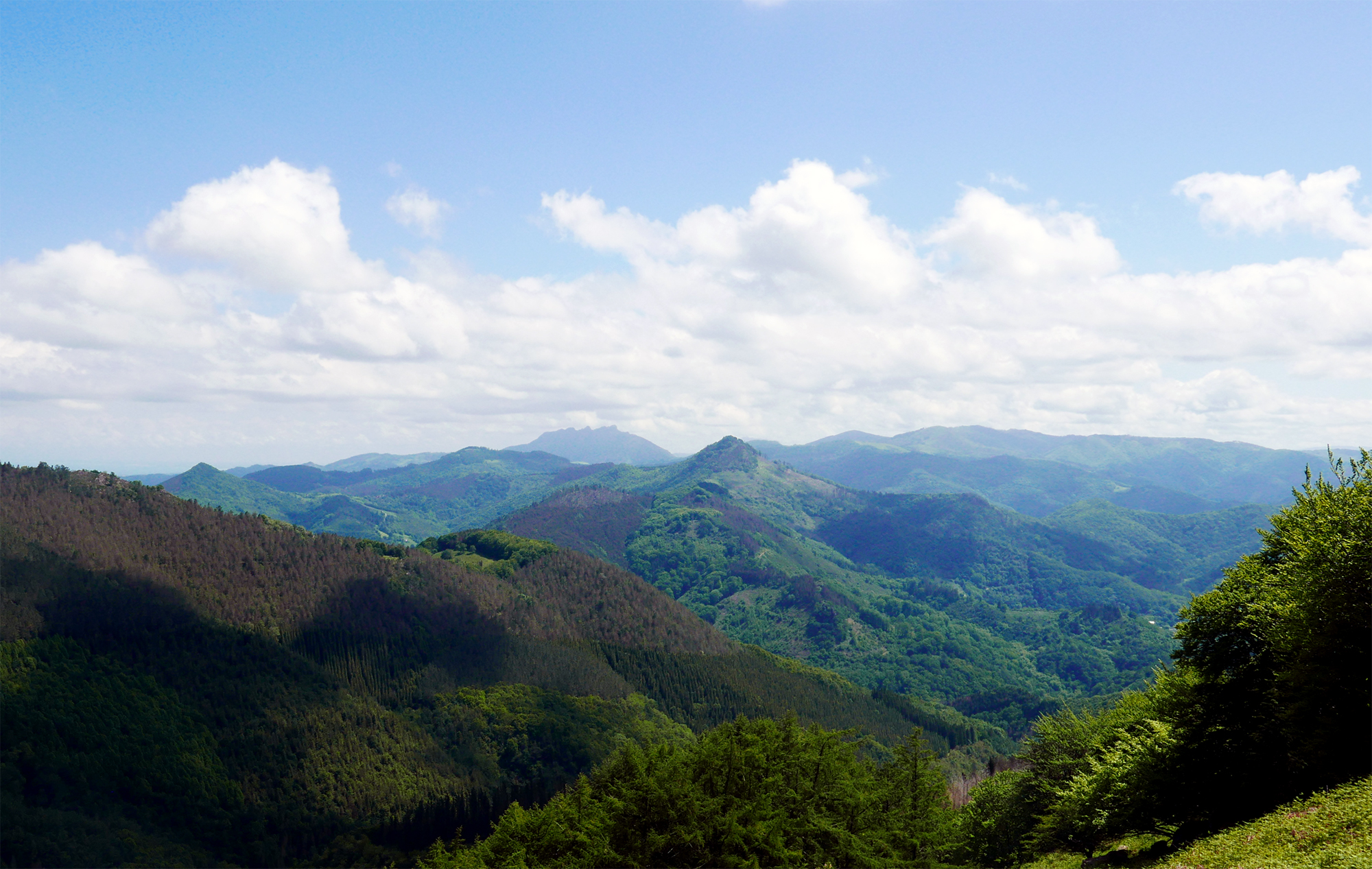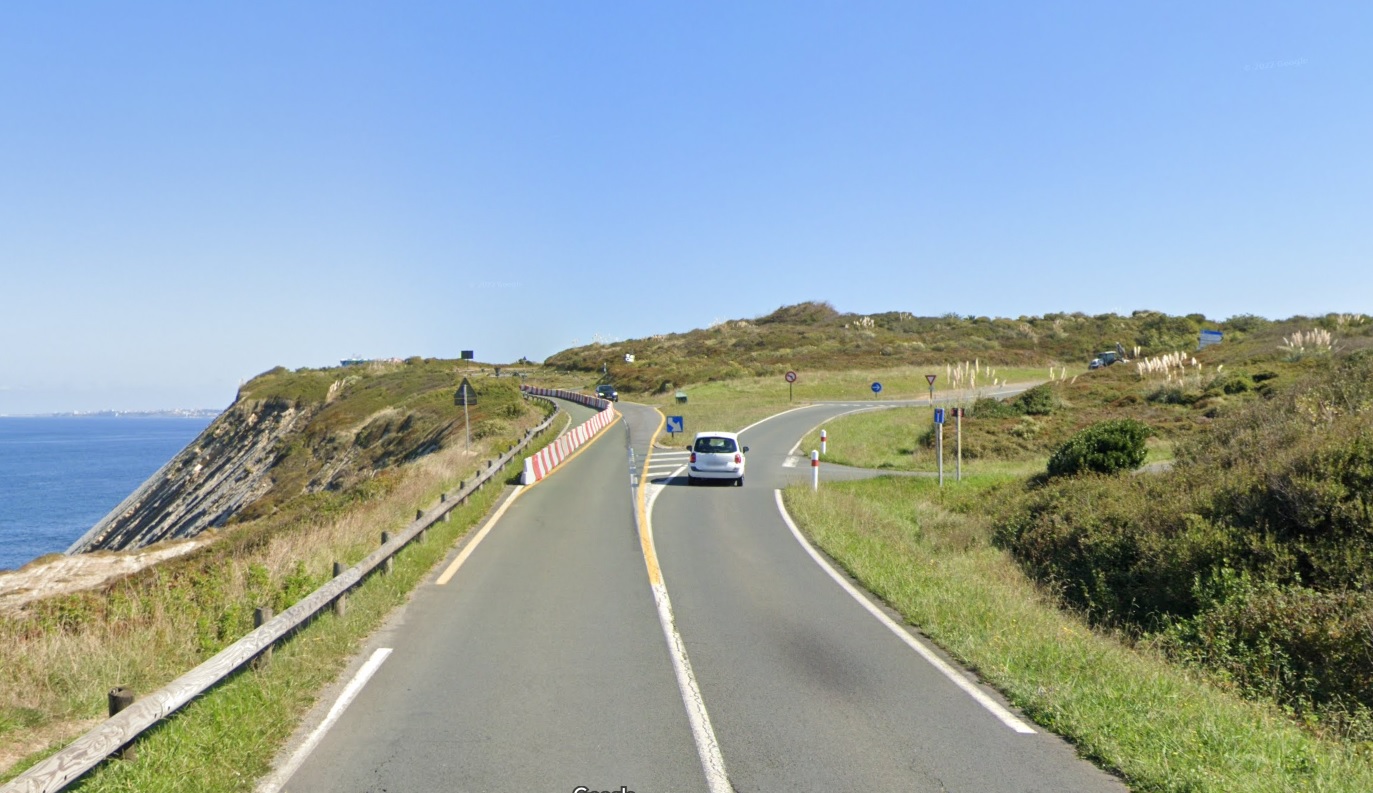False solutions under market laws
- Forests covering a third of the world ' s land have had to suffer human attacks in recent centuries. New threats are now being added to existing ones. The UN wants to implement the REDD strategy to combat deforestation and reduce carbon emissions, but many environmental NGOs have warned that it is not a real solution and that it will also cause many damage to the forest population.
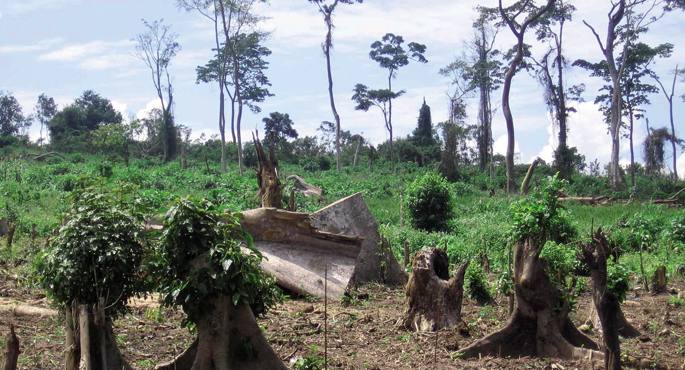
For the living beings on this planet, forests are a fundamental ecosystem. They regulate the climate, they are a repository of biodiversity and they supply us with water, among other things. They are also a source of food and humans, in addition to eating, use the plants of the forests for obtaining wood, for the elaboration of medications... Teresa Pérez of the World Tropical Forest Movement (WRM) Association recalled that millions of people live in or through forests. The UN General Assembly proclaimed 2011 as the International Year of Forests, and according to public data, more than 300 million people live in the forests of the world, especially in the countries of the Global South, of which 1.6 billion live. “The protection of forests is essential to defend the interests of these people,” explains Pérez, “but these communities do not have their rights over forests guaranteed. For governments, and for those who have economic interests in the forests, those who have lived there for thousands of years are foreigners to be expelled. They want to blame them for deforestation, although it is clear that the causes are other.” Experience shows, says Pérez, that where the rights of the locals have been respected, the jungle is the one that is best founded.
According to the WRM member, the wood and mining industry is primarily responsible for the loss of forests. A report by the FAO (Food and Agriculture Organization of the United Nations) reveals that between 2000 and 2010, 130 million hectares of forests were lost in the world. Less than three times the area of the French or Spanish State. The greatest losses were recorded in South America and Africa. In the previous decade, from 1990 to 2000, more land was lost, 160 million hectares. Although the decline in the forest has slowed down – and we will soon see that this is a fact to be taken with caution – the figures are very worrying according to the FAO itself.
What is the forest?
The following can be read on the WRM website: “According to FAO, in the period 2000-2010 the loss of forests was lower due to the increase in the number of planted forests. Tree plantations account for 7% of all the world’s forests.” But WRM does not agree with the definition of the forest used by the FAO, as explained by Teresa Pérez: “A few years ago we launched a campaign for FAO to change its definition. For them, tree monoculture plantations are also forests, which improves deforestation statistics. But monoculture areas are not forests, they do not fulfil the ecological functions of forests.” On the contrary, according to Pérez, they cause problems. On the one hand, they lead to a loss of biodiversity; on the other hand, they are large consumers of water, while the real forest is a water provider. In addition, a monoculture area is private property. The one who buys the land to plant one of these plants can throw those who lived there before, and it's something that's happening in many parts of the world.
Tree plantations are on the rise around the world and whiten deforestation data. For example, if we take account of monoculture headings, in recent years the forest area of the United States and Europe has increased, according to Jaume Grau, from Ekologistak Martxan. However, if we meet the criteria identified by the WRM, tree monoculture is one of the causes of deforestation. In fact, the basic forest, which fulfils all the ecological functions mentioned above, is sometimes extracted for planting in its place. The aim is to obtain wood, paper and, above all, biofuels in recent years.
REDD Strategy
In recent years, the problem of forest conservation has been linked to climate change. There are several reasons for this. Jaume Grau explains that one of the causes of carbon dioxide emissions – one third of the total – is deforestation. First, because one of the intervals of deforestation is the burning of the forest. On the other hand, as the trees disappear, they stop detecting CO2 from the atmosphere. And thirdly, because CO2 accumulated in the ground for thousands of years is easier to escape into the atmosphere after this soil has lost the stability of the forest.
The REDD strategy was first mentioned in the United Nations Framework Convention on Climate Change in 2005. The meaning of the acronym is the reduction of emissions from deforestation and forest degradation. Three years later, other objectives such as conservation, sustainable use and increased carbon stocks in forests were added to the initial idea. Since then, the acronym REDD+ has been used to describe the strategy. There are currently hundreds of pilot projects in the world, all or almost all in tropical countries, and although no specific deadline has been given, it is expected that REDD+ will be officially launched in a very short time. Reducing emissions and curbing deforestation are goals to be welcomed, but many environmental associations believe that REDD will do more harm than good, because it has a wrong starting point. As you have pointed out, this is a starting point that is centred on the economy.
WRM offered REDD a full issue of its publication in August last year. In it, it makes a fierce criticism of the strategy. According to the article The sins of the REDD+ approach (sins of the REDD+ approach), deforestation has a much smaller effect than burning fossil fuels on climate change, and is also very different. “Matching the carbon released by deforestation with the carbon released by fossil fuels is a false premise, as the main cause of climate change is increased combustion of fossil fuels. Global warming is due to that carbon that has been stored underground for millions of years and is not involved in the natural cycle of plants. The false argument is that the ban on emissions from deforestation can compensate for fossil fuel emissions. REDD deals with a single source of carbon, which is also a secondary source, and does not address the root causes of deforestation.”
REDD+ strategy projects need complex measurements to determine the carbon content of a forest. It is estimated that money will be paid in exchange for the conservation of this forest, but Teresa Pérez has denounced that it is not clear in what direction the movements of money are going to move. “One of the supposedly used arguments for REDD is that poor communities living in the forest will be able to get money for conserving that forest, but it will really be very difficult for these groups to get money, among other reasons because it is very difficult to measure the amount of carbon in the forest, and that work will hardly be able to be done by local communities. On the other hand, it will be the Western companies that take care of it.” The problem is that these companies are going to acquire forest ownership first. As has already been observed in a number of REDD pilot projects – see box above – the effect is deplorable for the forest population, which, on the pretext of conservation, prevents them from living their normal lives.
Towards forest privatisation
Today, 80% of the world’s forests are in the public domain, but a strategy such as REDD can increase privatization. As Jaume Grau of Ekologistak Martxan warned us, “project funds are contingent upon the will. Who puts the pasta? The Western governments, with the crisis there is? No, companies will put it, but if they win something in return, no. Among other things, they will be able to continue emitting carbon in Iparralde in exchange for conserving a forest in the South, thinking that one equals the other.”
The new context, instead of slowing down the problem, increases in the opinion of Teresa Pérez: “One of the axes of the new concept of green economy will be forests. If all the functions of the forest can become a market, new threats will be added to existing ones. It is possible, for example, that in the not too distant future forests may become private in order to be able to market the water in them.” The WRM considers it a priority to ensure the rights of people living in forests. “Thanks to them we have preserved what we have and they should have ownership and control of the forest.” That would be the first step that Pérez should take for the benefit of forests, apart from the privatisation mechanisms. For the time being, however, the market jungle is being imposed.
WRM elkarteak REDD estrategiaren proiektu pilotu biren berri eman zuen 2011ko abuztuan argitaratutako buletinean. Horietako bat Kongoko Errepublika Demokratikoan dago abian, zehazki, Tayna eta Kisimba-Ikobo erreserba naturaletan. Conservation International (CI) GKEa da proiektuaren sustatzailea, Walt Disney konpainiak emandako finantzazioarekin. Zazpi milioi dolar, guztira. Diru guztia ez dagokio Kongoko proiektuari, ordea, Peruko zenbait baso babestea ere akordioaren barruan baitago. 500.000 hektarea baso kontserbatzea da helburua. Horrela, ustez, 900.000 CO2 tona emititzea galaraziko litzateke.
Internetez lortu zitekeen informazioa urriegia zelakoan, WRMko zenbait kide Kongora joan ziren, egitasmoaren nondik norakoak bertatik bertara behatzeko asmoz. Teresa Pérezek gogoratzen duenez, bertakoek ezer gutxi zekiten REDD estrategiaz. “Hitz eman zieten diruarekin eskolak, osasun zentroak eta abar eraikiko zizkietela, baina momentuz ez da horrelakorik gauzatu. Gauzatu den bakarra da ehizarako, landareak biltzeko... lehen sartzen ziren lekuetara sartzeko debekua”. 2009an sinatu zuten akordioa CIk eta Walt Disneyk, baina proiektuaren inpaktua neurtzeke zegoen WRMk bere buletina argitaratu zuenean, horregatik ez zen dirurik inon ageri. Neurketak egiten ez diren bitartean, ez dago ordainketarik. Lehen emaitzak aurten edukitzea espero zuten.
Proiektuaren sustatzaileak bertakoak “sentsibilizatzeari” ekin zioten hasiera-hasieratik. Alegia, basoa kontserbatzearen garrantzia ikusarazi nahi zieten, hark gordetzen duen karbonoa dela eta. Bertako buruzagi bik sinatutako agiri batek frogatzen ei zuen bertako komunitateek aldez aurretik emana ziotela onespena egitasmoari, baina WRMkoek ikusi ahal izan zutenez, onespen hori ez zen hain erabatekoa. Izan ere, buruzagi bi horiek talde askoren iritzia kontuan hartu gabe sinatu zuten onespena. Hala, eskualdeko biztanle ugari aurka agertu dira, REDDen proiektuak beren betiko lur eta basoekiko eskubideak kentzen dizkie eta. Gainera, gardentasun falta salatu dute: bertako inork ez dauka CI eta Walt Disneyren arteko akordioak dioenaren berri zehatzik. Sustatzaileak entzungor agertu dira aldarrikapen horien aurrean, eta ez dute inolako pausorik eman gatazka konpontzeko, WRMren esanetan.
Administrazio Epaitegiak arrazoia eman dio EH Bilduk Lizarrako plantilla organikoaren hizkutnz profilen aurka jarritako helegiteari.
Emakume bakoitzaren errelatotik abiatuta, lurrari eta elikadurari buruzko jakituria kolektibizatu eta sukaldeko iruditegia irauli nahi ditu Ziminttere proiektuak, mahai baten bueltan, sukaldean bertan eta elikagaiak eskutan darabiltzaten bitartean.
Ibon galdezka etorri zait Bizibaratzea.eus webguneko kontsultategira. Uda aurre horretan artoa (Zea mays) eta baba gorria (Phaseolus vulgaris) erein nahi ditu. “Arto” hitza grekotik dator eta oinarrizko jakia esan nahi du, artoa = ogia; arto edo panizo edo mileka... [+]
Nekazal eremu lehor baten erdian ageri da putzua. Txikia da tamainaz, eta ez oso sakona. Egunak dira euririk egiten ez duela, baina oasi txiki honek oraindik ere aurretik bildutako urari eusten dio. Gauak eremua irentsi du eta isiltasunaren erdian kantu bakarti bat entzun da... [+]
Zuhaitza esnatzear dago, kimuak ageri dira adarretan. Gutxi falta da loraldirako, laster aro berria hasiko du, indarberrituta.
Eskoziako Lur Garaietara otsoak itzularazteak basoak bere onera ekartzen lagunduko lukeela adierazi dute Leeds unibertsitateko ikertzaileek.. Horrek, era berean, klima-larrialdiari aurre egiteko balioko lukeela baieztatu dute, basoek atmosferako karbono-dioxidoa xurgatuko... [+]
Ilbeltzeko igande goiz batez jo dugu Baztanera. Eguzkiak oraindik ez du Lekarozko plaza argitu; bertan elkartu gara Garbiñe Elizegi Narbarte, Itziar Torres Letona eta Ernesto Prat Urzainkirekin. Itzaletan hotz egiten du eta umorez goxatu dugu lehen agurra, hogei urtean... [+]











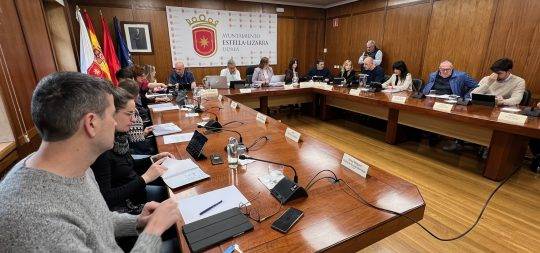



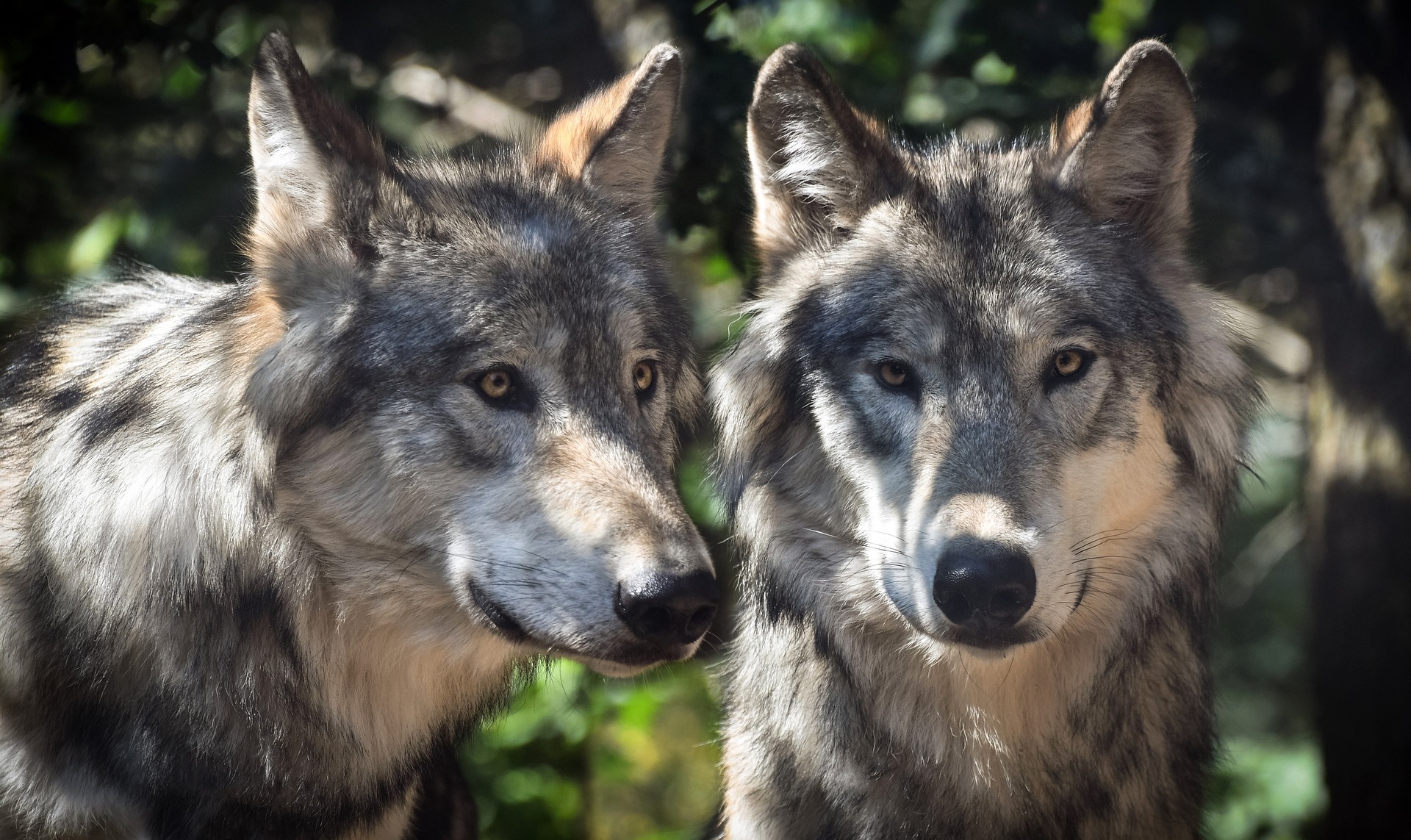
_Glaciar.png)
